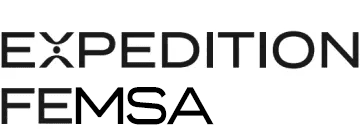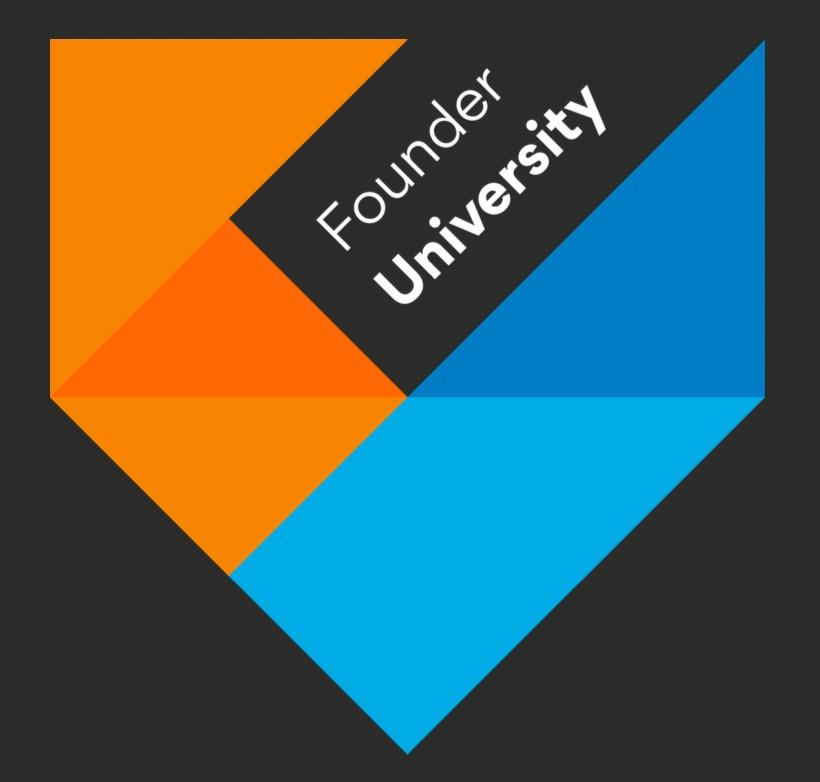I thought our freshness AI project was going well. The first two months felt productive. Now I'm in Month Three and everything has slowed down.
Most people blame it on needing more samples or missing varietals. That's not what's happening.
The real shift is that I moved from building something that works in a lab to changing how people actually work.
I've worked with importers, grocery chains, and distributors on both sides of the border. Margins are tight right now. Labor costs are up, spoilage is eating profits, and compliance keeps getting stricter. If you're trying to figure out how AI fits into your operations, I'm happy to share what I've learned.
What I Got Wrong About Months One and Two
The first 60 days looked like progress.
I built clean curves. Found clear correlations. Made a dashboard that predicted freshness. Every small win got celebrated. Every weird sensor reading got explained away. But nothing I built actually changed what happened at the dock, in the warehouse, or on the shelf.
I was proving the technology worked. I wasn't delivering anything that mattered to operations.
Now the system is entering real workflows. The QC team is supposed to use it. The routing software is supposed to listen to it. And suddenly capability doesn't matter anymore. Only behavior matters.
My basic fault was that I never documented how people actually make decisions now.
What Changed in Month Three
Months 1–2: I controlled everything in the pilot.
Month 3: The system started telling people what to do.
That's when everyone froze.
Now I'm facing questions I didn't expect:
- Who approves when the sensor says something different than what the QC inspector sees?
- What happens when a store manager refuses a delivery the system approved?
- How do I define "acceptable freshness" when it changes by apple variety and customer?
- When does a reading become urgent enough to stop a truck?
- How do I let someone override the system during our busiest week?
We have buyers, merchandisers, and inspectors. We don't have anyone whose job is to manage autonomous recommendations affecting millions of dollars of produce.
The Definitions I Never Wrote
People here work on instinct. The AI needs explicit rules.
In Month Three, I realized we never actually defined:
What makes a pallet "ready for QC"
When produce is "good enough for retail" versus "send it to processing"
Which stores accept which freshness levels
What "accurate" means when multiple outcomes are fine
How to prove the system actually reduced shrink or saved time
I assumed everyone agreed on these things. They don't.
The AI is exposing gaps that experienced people used to just handle. Month Three is when those gaps become impossible to ignore.
The Three Way Tension
Leadership wants lower shrink and smoother operations.
The dock crew wants predictable loads without surprises.
I need stable definitions so I can stop retraining the model every week.
The AI creates variance for all three groups.
In Month One, that felt exciting and innovative. In Month Three, it feels like chaos.
Leadership keeps asking for more automation. Operations keeps pushing back because it "raises more questions than it answers." I'm stuck in the middle trying to reconcile expectations that nobody realized were contradictory.
Nobody is actually wrong. But nothing moves forward until someone takes ownership of the mess that autonomy creates.
What I'm Learning
I treated this like building a smart QC assistant.
But our entire workflow was designed for humans who think through every decision. I'm trying to bolt AI onto processes built for human judgment.
Month Three is chaotic not because my model is broken. It's chaotic because the workflow expects a different kind of decision maker.
What's Working for Others
I talked to teams that got past this point. They stopped asking: "How do I make the model copy what our inspectors do?"
They asked: "What would QC look like if nobody guessed?"
That question changed everything:
Define exactly what state produce is in at each step
Set clear conditions for when a prediction is valid
Mark the boundaries where risk is acceptable
Build loops to measure if things actually improved
Focus on gains across the whole chain, not just one department
They rebuilt the workflow around the AI making decisions, not assisting decisions.
That's when things actually got faster instead of slower.
What I Know Now
If I expected Month Three to show results, I was wrong. If I treat it as when the real work starts, I might actually build something useful.
I'm learning to see Month One and Two as experiments. Month Three is actually Week One of the real deployment. This isn't a feature I'm adding. It's rewriting how we move perishable food.
My model isn't failing because the predictions are wrong. It's failing because the demo never showed what the actual work looks like. Month Three is where my system meets the receiving dock. And the dock has requirements my demo never dealt with.

